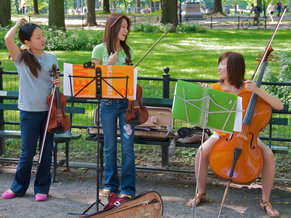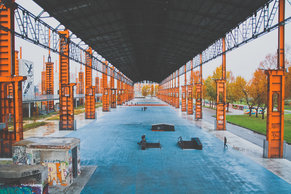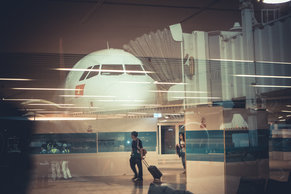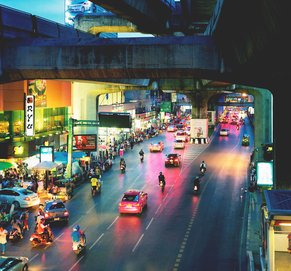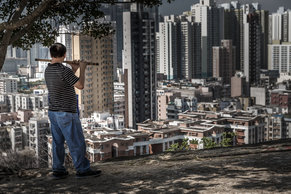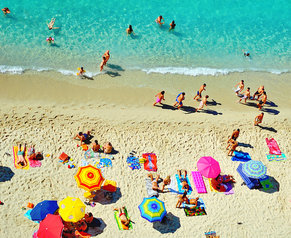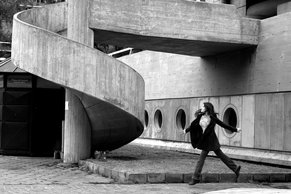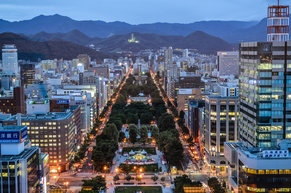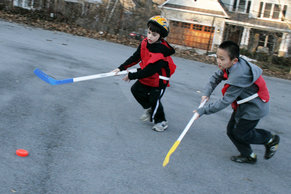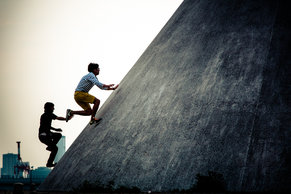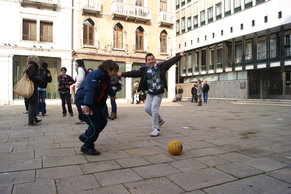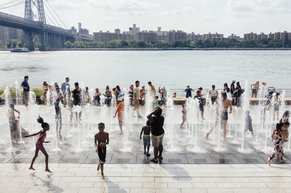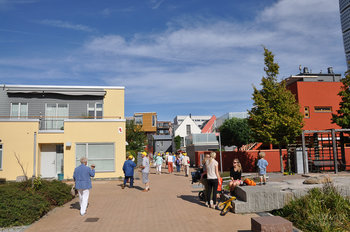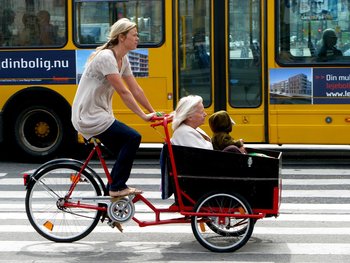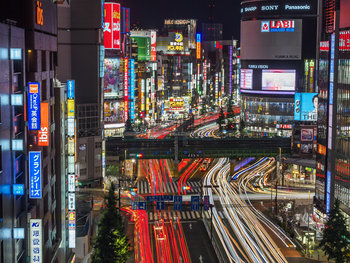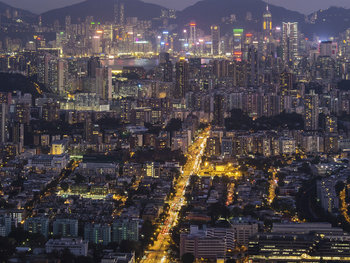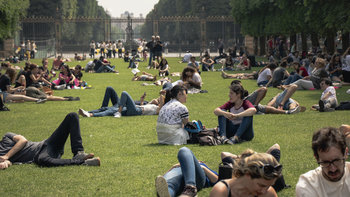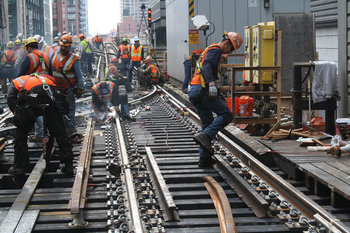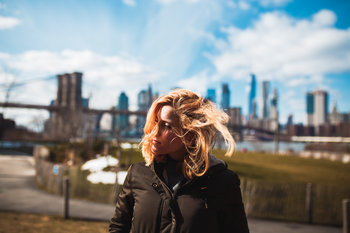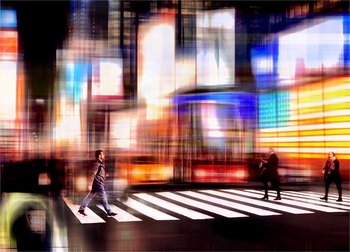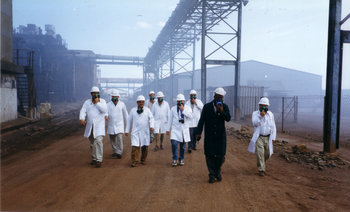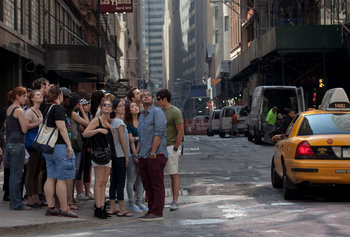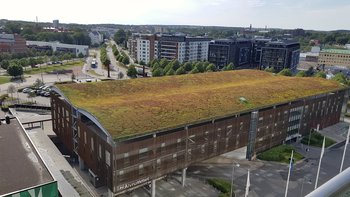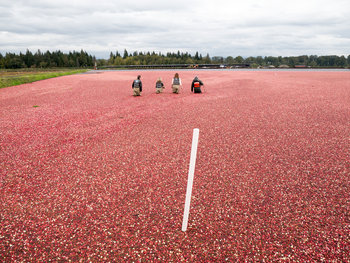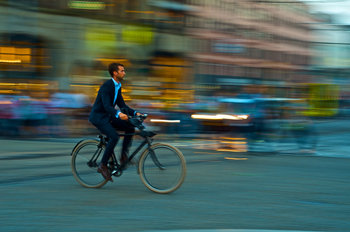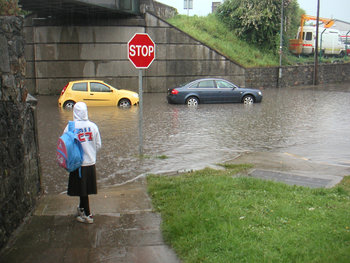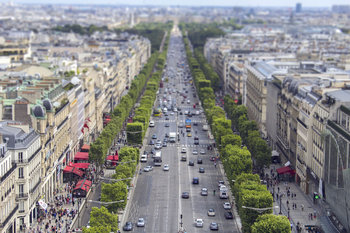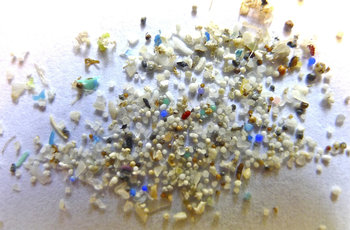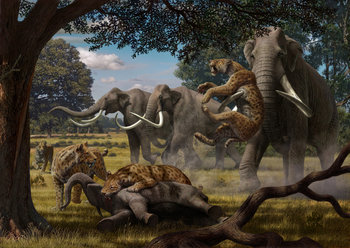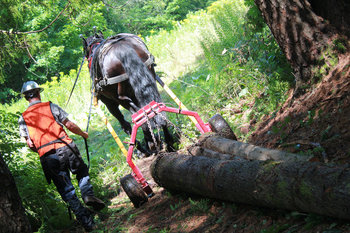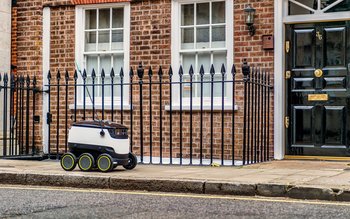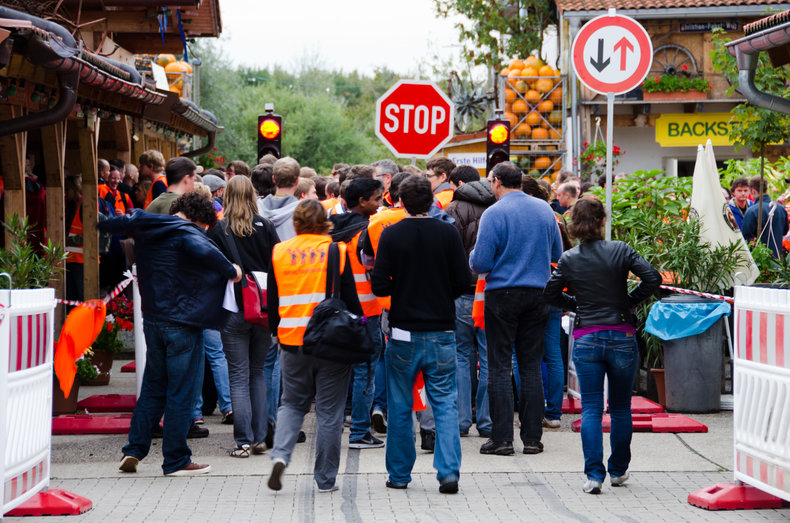
Street Canyon
A street canyon is a street that is flanked with tall buildings on either side such that it resembles a canyon. This creates a microclimate. For example, a street canyon is typically completely shaded most of the day with little light and may be prone to gusts of wind. It is common for a street canyon to be perceived as visually appealing much like a natural canyon.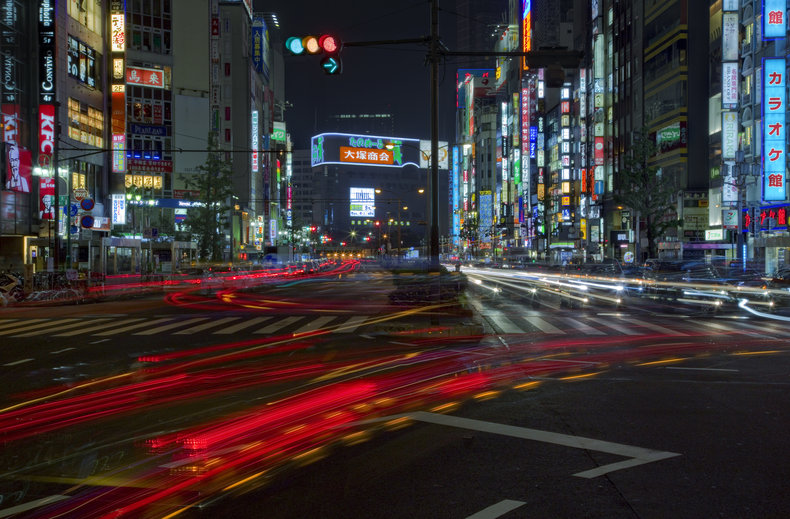
Public Square
A public square, or town square, is a large public space in a central environment that can support large gatherings such as concerts and festivals. This is similar to a park but with more hardscape and less horticultural elements.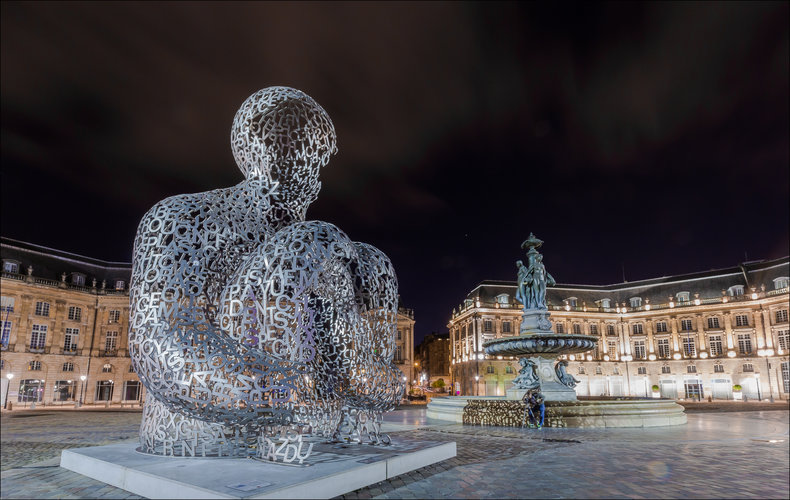
Avenue
An avenue is a main thoroughfare lined with trees. These typically have wide sidewalks such that they are pedestrian friendly areas that are often commercially vibrant with shops and cafes.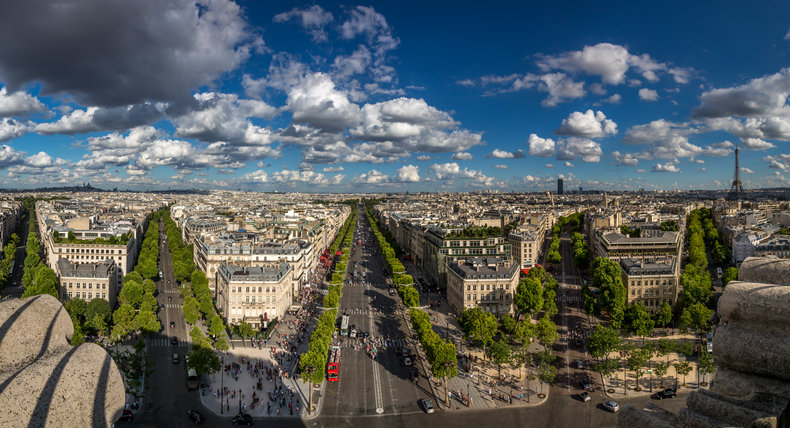
Boulevard
A boulevard is a wide thoroughfare with above average landscaping, scenery and cultural significance.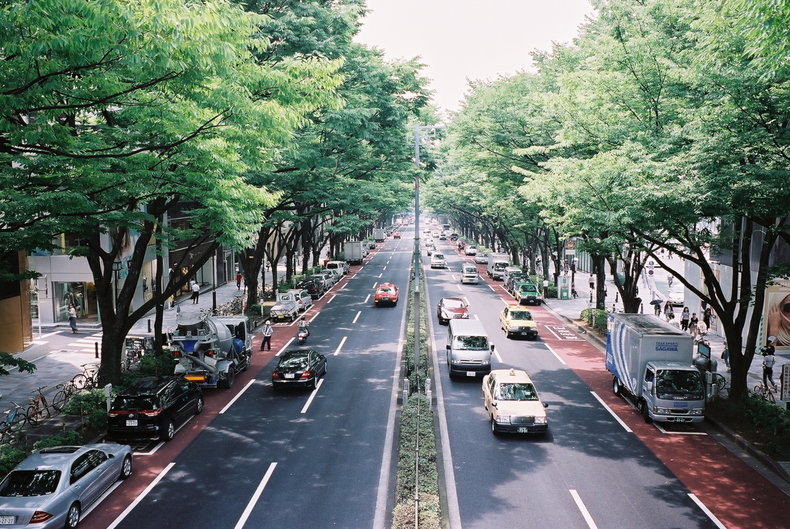
Esplanade & Promenade
An area of significant length and width that is primarily built for walking. The term implies proximity to a body of water such as a seafront, lake or river. Esplanade was originally a term for the broad flat areas that were cleared alongside the wall of a fortress or city as a defensive measure that also provided a large public space. Promenade is historically a term for a street where people go to be seen such that people make an effort to dress well to display their social status.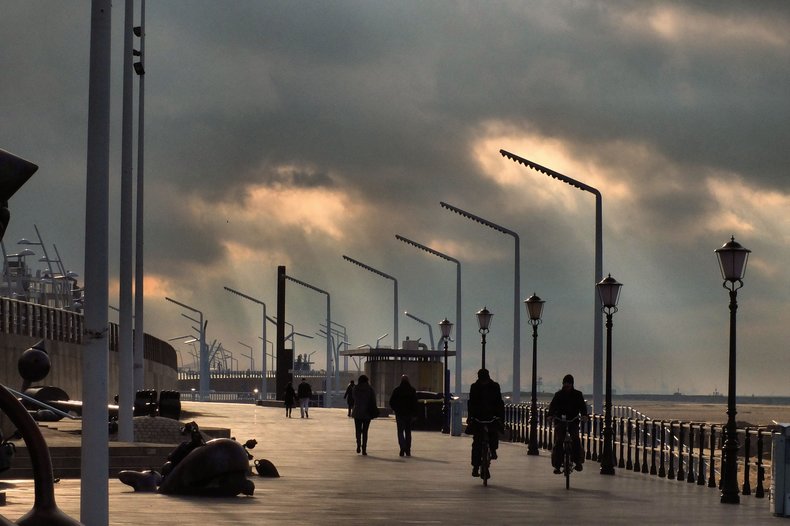
Highway
Roads designed for high capacity vehicular travel with features such as multiple lanes. These are typically unpleasant for pedestrians due to high speeds and the prioritization of cars. However, it is a global reality that many streets used by pedestrians resemble highways and are primarily designed for high speed vehicles. A highway can be distinguished from an avenue or boulevard by its lack of walkability, pedestrian safety, landscaping, scenery and cultural features.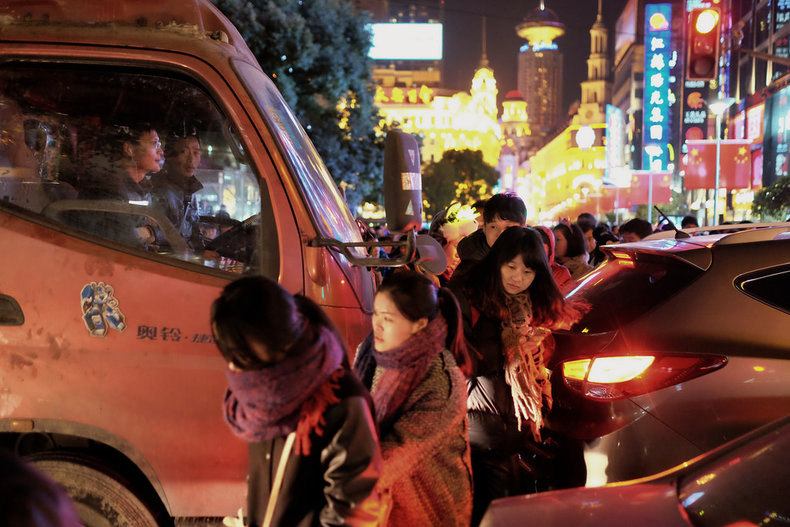
Traffic Circle
An efficient alternative to an intersection that involves merging as opposed to waiting at a traffic light. In theory, this can reduce the severity of accidents because all cars enter the circle going in the same direction. Traffic circles may include pedestrian features that completely separate people from vehicles.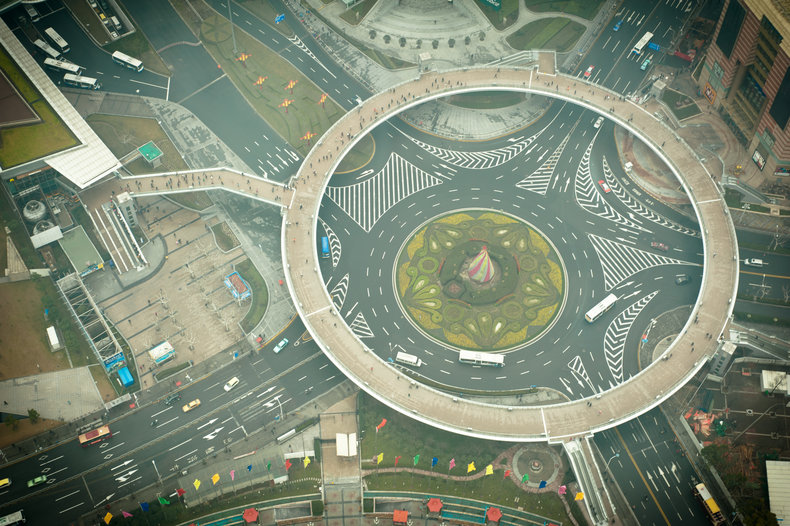
One-way Street
A street that is restricted to one-way vehicular traffic. This is often done to achieve higher traffic flow and may be unpopular with pedestrians and local residents as they may allow for higher speeds. Alternatively, a street may be designed as one-way in order to allocate more space to pedestrians and cyclists. In this case, the street may have traffic calming features that prevent it from becoming a high speed thoroughfare.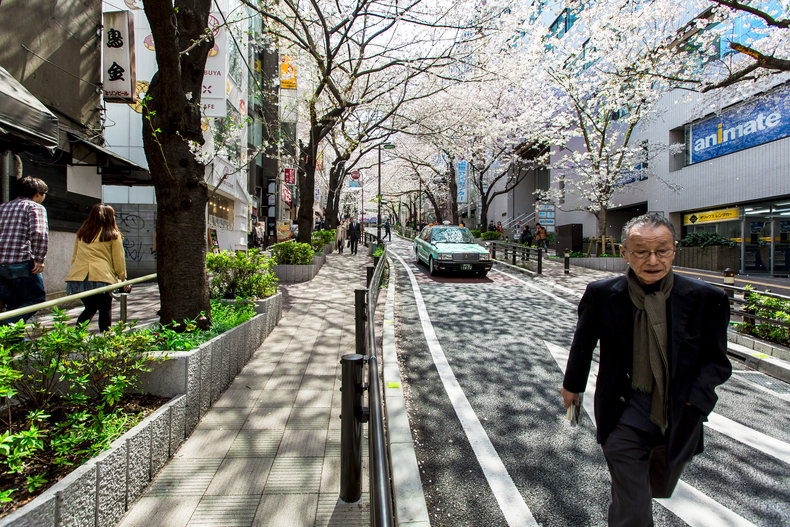
Dead-end Street
A street that leads nowhere such that traffic is reduced to neighbors and people who are lost.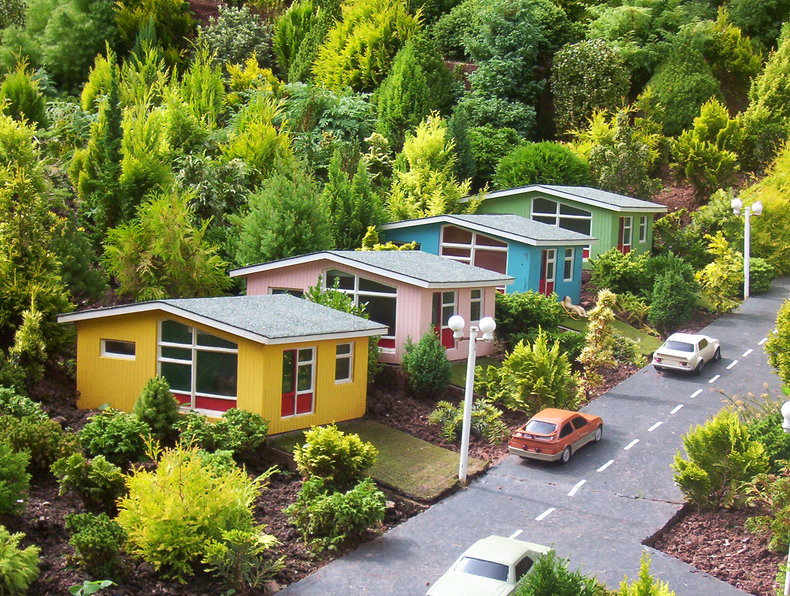
Cul-de-sac
A pleasant term for a dead-end street with a circle at the end for turning around. A popular feature of suburbia that tends to raise property values due to the lack of through traffic. As an added benefit, the lost can use the cul-de-sac to leave without having to use a driveway to turn around.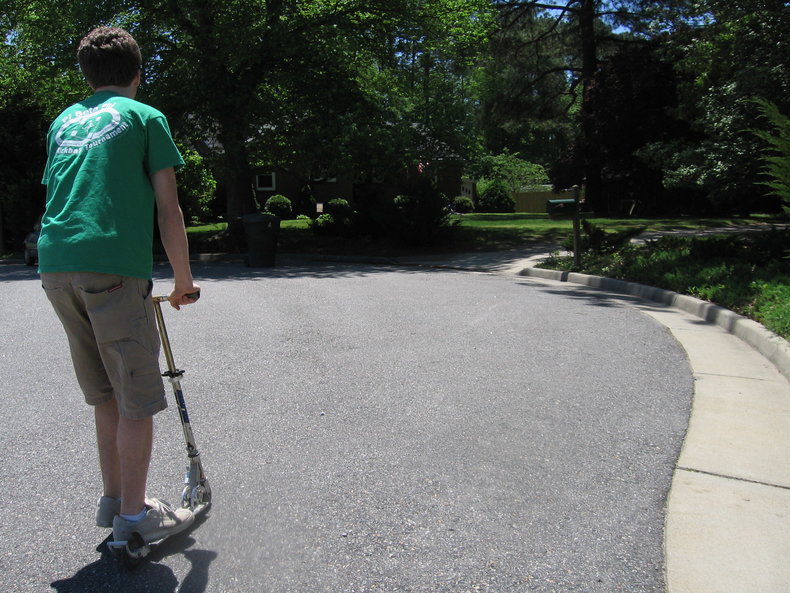
Drives & Crescents
Circular and crescent-shaped streets that form a small loop such that they are useless to through traffic but convenient for people living on the street. These go by a wide variety of names including drive, crescent, court and place.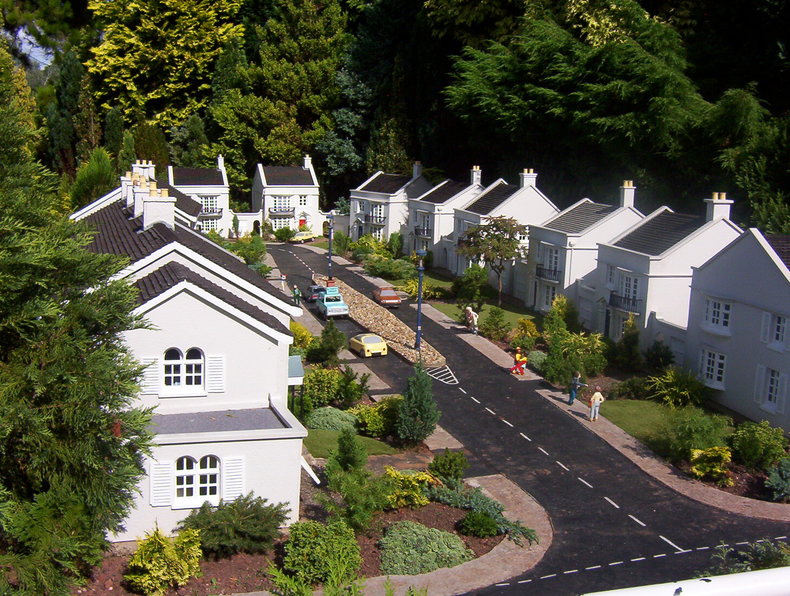
Ladder Street
A street with segments that are stairs. These are inherently pedestrian streets that may be visually appealing.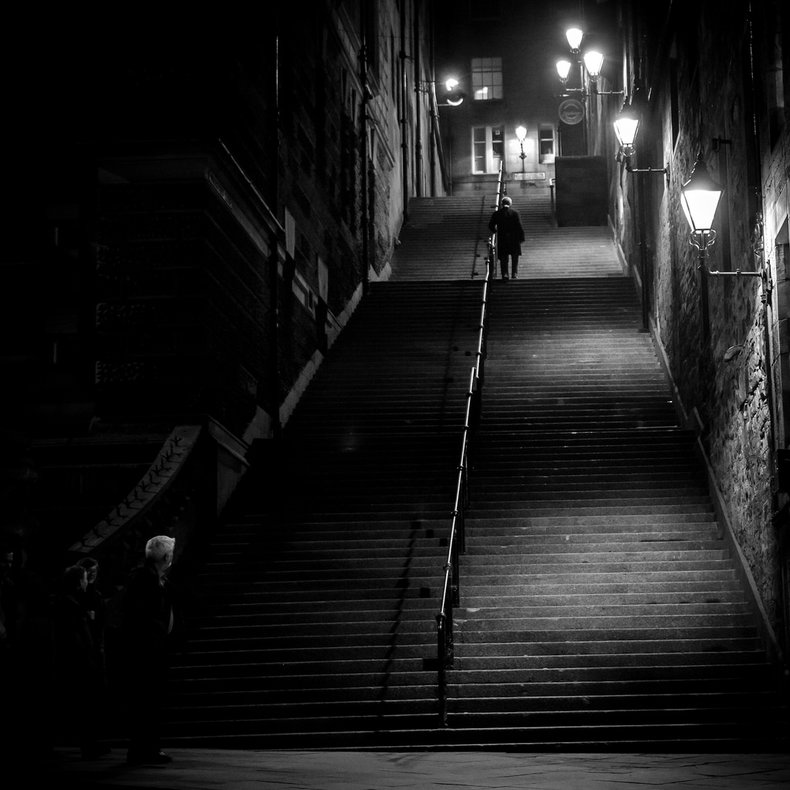
Linear Park
A linear park is a long park that resembles a street such that people often walk through it to get places.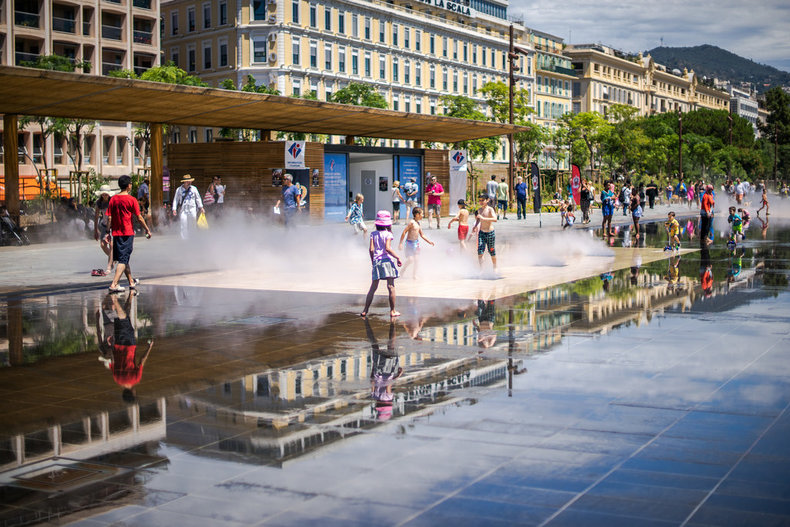
Lane
A narrow street that's usually short. Often pedestrian only or low traffic.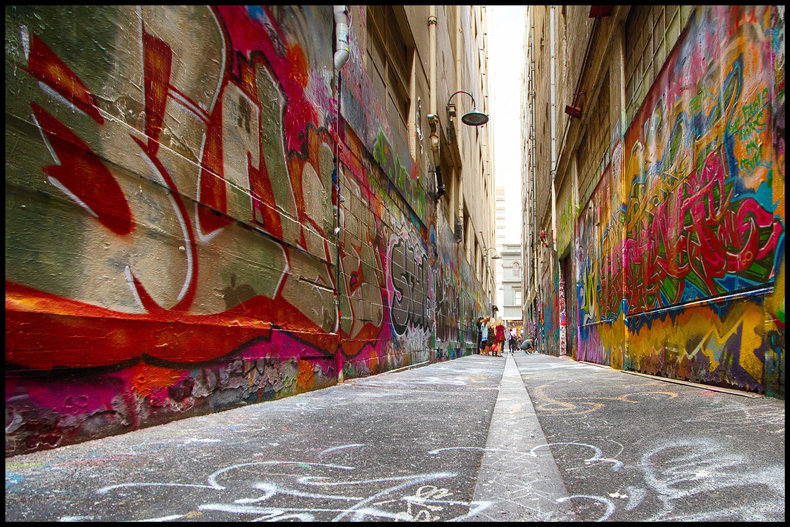
Arcades
A street with a roof. Modern arcades are often commercial areas filled with shops.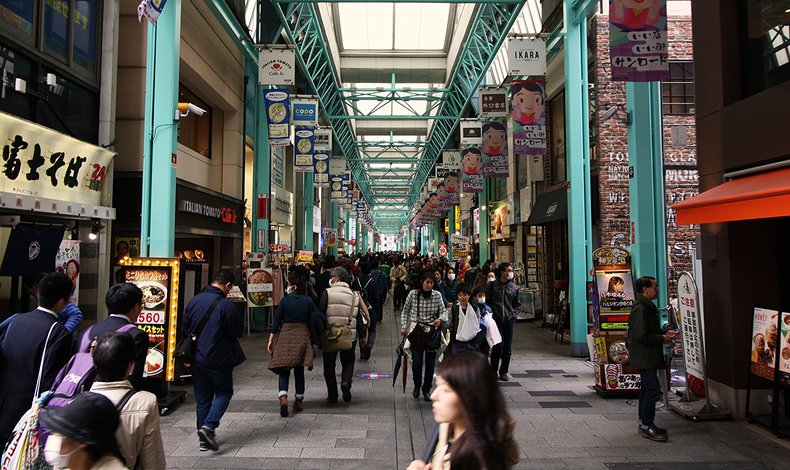
Way
An alternative path that departs from a main thoroughfare and links back up with it later.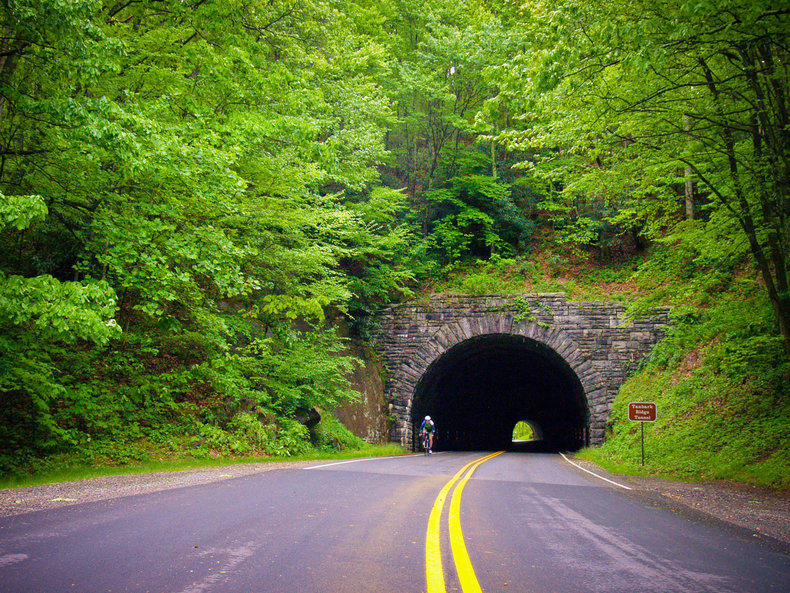
Parkway
A thoroughfare that is considered scenic such as a street that cuts through a park. Often restricted use. For example, a parkway may exclude trucks.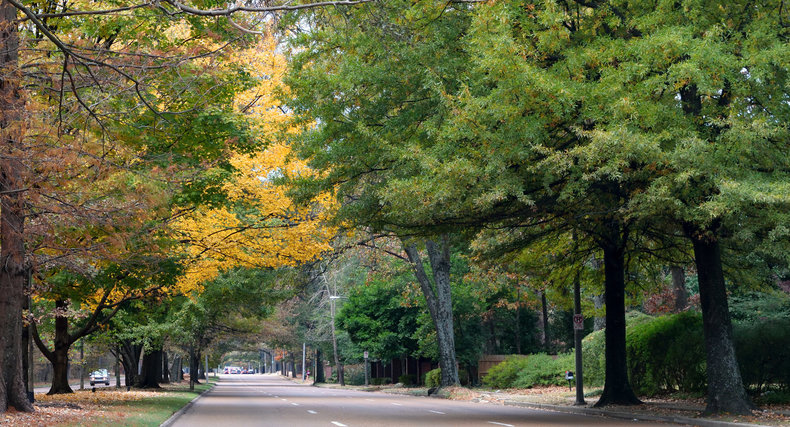
Pedestrian Streets
Streets that are for the exclusive use of pedestrians. Often a commercial district that offers a pleasant environment for shoppers. In some cases, a street becomes a pedestrian street out of necessity as it is often filled with pedestrians such that driving a car in the area becomes unthinkable.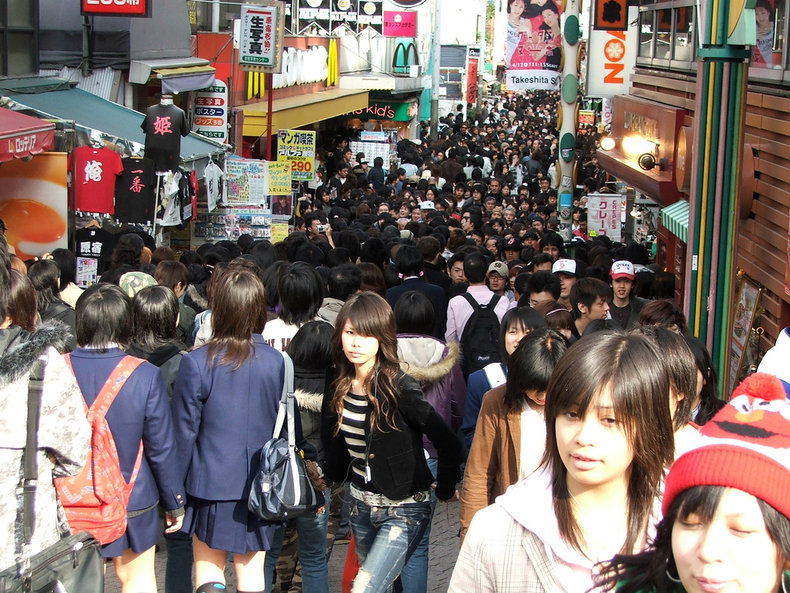
Living Street
A street where traffic is significantly slowed to allow people to enjoy the street as a public space. Such streets may include traffic calming features and a community environment with features that make the street feel like a park.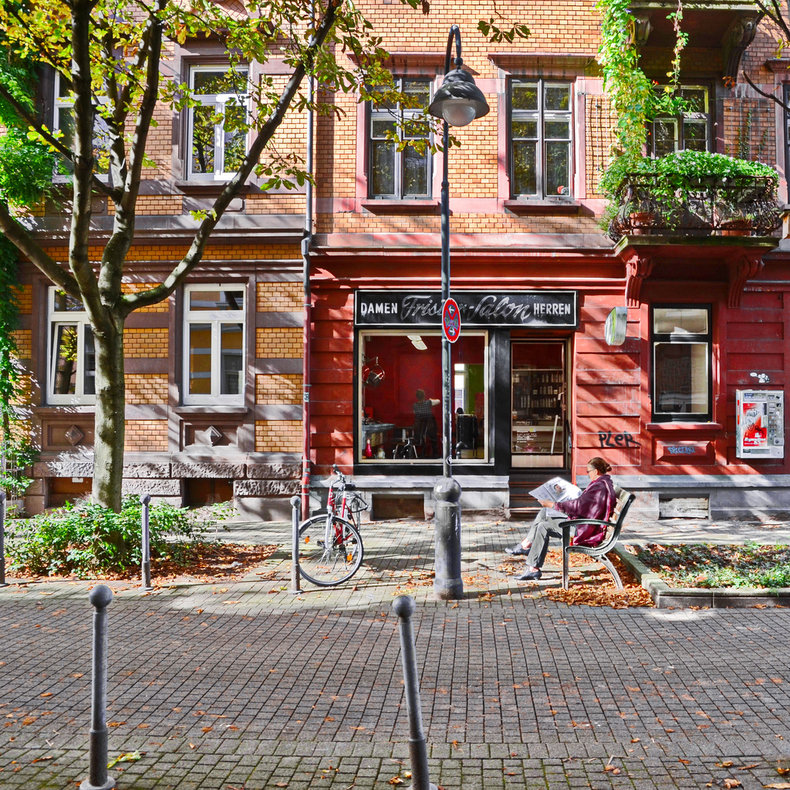
Play Street
A street where children have the right to play. Traffic is calmed in these areas, often with high fines for reckless driving and community involvement in safety initiatives. Many cities have a culture and history of children playing sports and games in the street. A play street enshrines this as a right whereby neighbors are required to drive slowly and accept some level of play related noise during the day.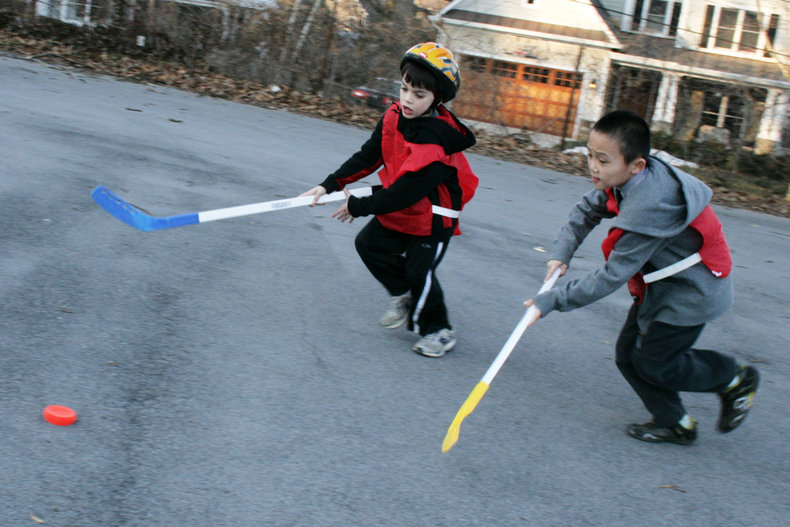
Walkway
A pedestrian only thoroughfare that may be elevated or partially indoors.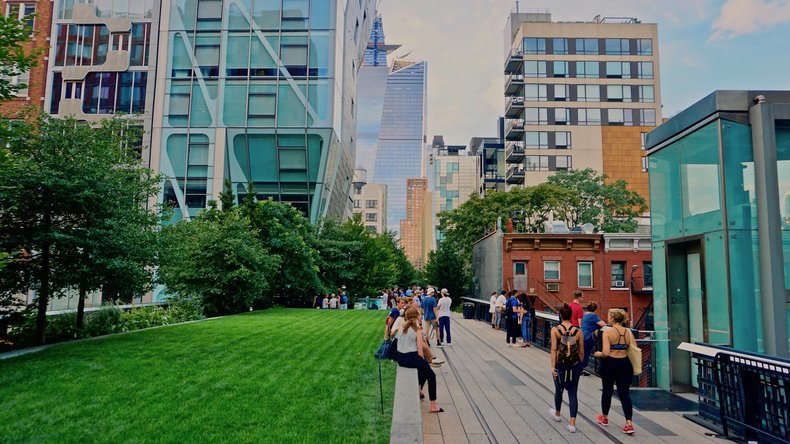
Alley
A narrow lane, passageway or path. These are often charming historical features of a city that may be referred to with a local term such as the snickelways of York, the stegen of Amsterdam, the traboules of Lyon, the hutong of Beijing and the roji of Kyoto.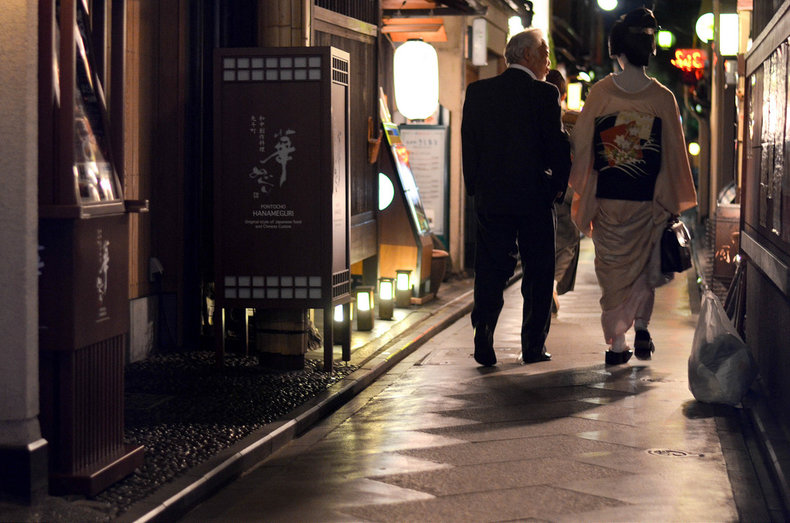
Street vs Road
A street is useful for both transportation and as a public space. Streets may be used for community interaction, recreation, commerce and art such that they potentially add to the quality of life of a place. A road is only useful for transportation. This includes motorways, cycleways and pedestrian routes that are of considerable length without features that can be considered public space. It is common to refer to all thoroughfares in the countryside as roads because it is uncommon for people to use such thoroughfares as public space, even if they are scenic.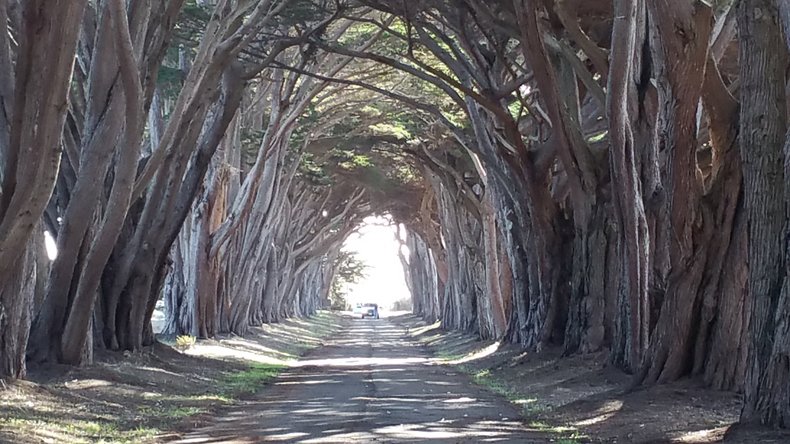
| Overview: Streets | ||
Type | ||
Definition | Public space that is useful for transportation. | |
Related Concepts | ||

